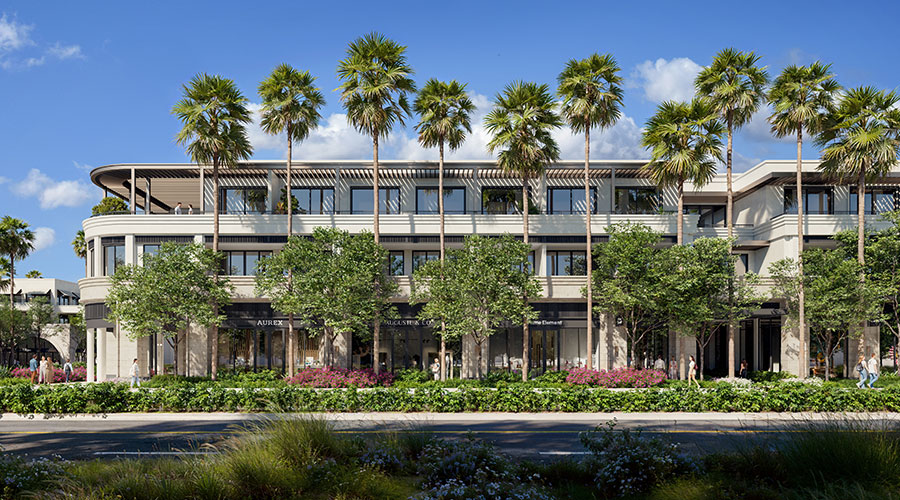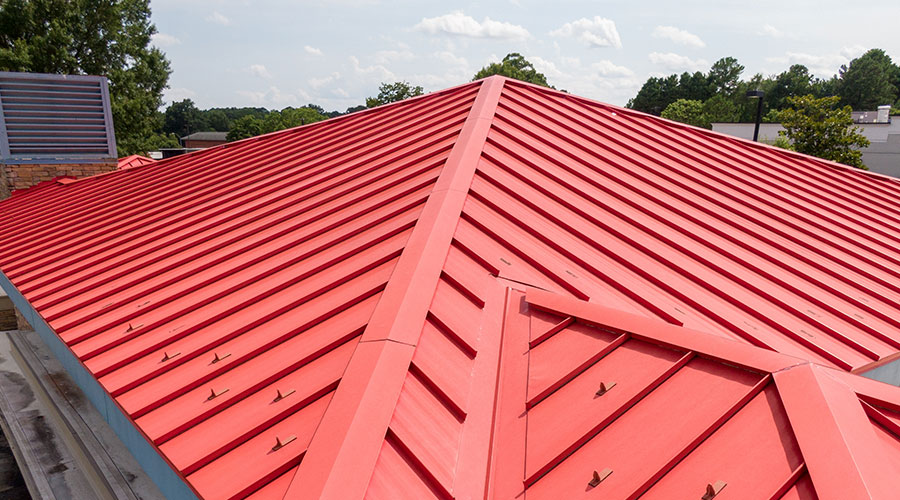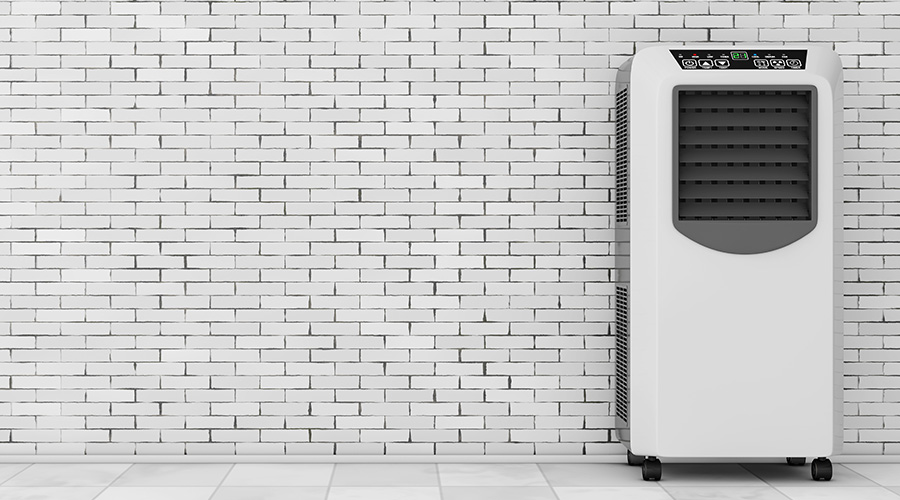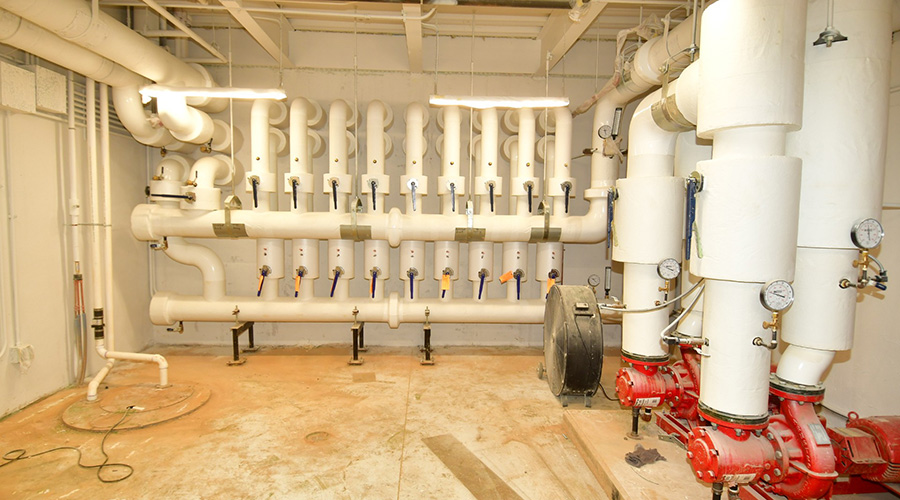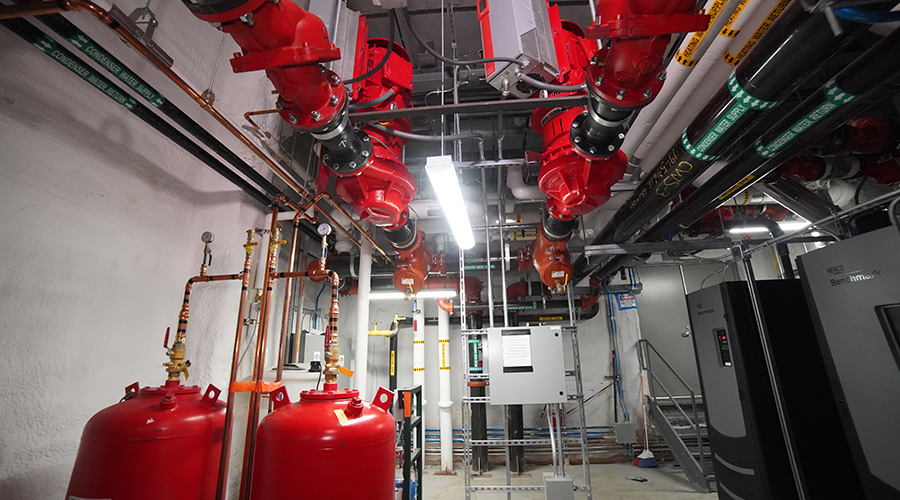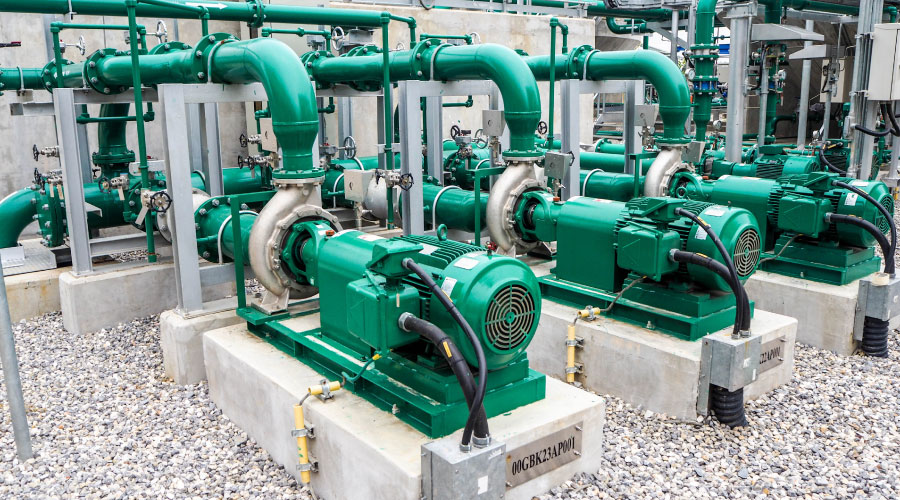Portable Cooling Options: Renting vs. Buying?
When managers need cooling in a pinch, they must consider storage and budgeting factors into decisions.
Depending on the type of portable cooling a facility needs, managers must decide whether to buy their own equipment, have rental agreements in place with suppliers who will deliver the equipment when needed or have a hybrid strategy that employs both.
Having portable equipment immediately available onsite for critical spaces is important, says Katie Molstad, strategic consulting project director at Henderson Engineers.
“Having it ready means you can respond immediately and not wait hours or even days sometimes, especially if there’s some sort of event going on and rental equipment may be difficult to come by,” she says. “That said, it’s not necessarily economical to own everything to cover all the needs, considering the storage costs, the maintenance of that equipment and just the capital investment and how frequently it might be used.
“So that hybrid approach is likely the balance point — owning what you need to for those defined critical areas and needs and then having good agreements in place for supplemental rentals when you really need additional portable cooling for the site.”
For managers who opt to have portable cooling equipment brought in as needed, Malhotra says they need to consider several issues.
“Let’s first determine what’s the likelihood that you’ll need the equipment?” he says. “What’s the turnaround time or the delivery time, and should we requisition a partner to supply the equipment to use and is that acceptable to us or not? If it’s not acceptable, then we just keep it on the site.”
Keeping contacts handy is also important.
“Names and contact information of suppliers is very, very important, and this needs to be updated periodically, as well,” Malhotra says.
Experiencing success
What does a successfully executed portable cooling plan look like? Gougler shared an example from one of ESFM’s facilities in which a main chiller failure due to a compressor fault occurred in the summer.
The facility had two backup chillers with a combined capacity equal to the primary unit, but they could not operate simultaneously because of a control board malfunction. As a result, only one backup chiller was available, which was not sufficient to handle the full cooling load in the peak summer conditions.
“In response, we activated our emergency cooling contingency plan,” he says. “This involved executing strategic valve sequencing changes within the central plant to redirect chilled water from other facility chillers, typically dedicated to separate systems, into the main chilled water loop.
“We were then able to secure a portable chiller rental and connect it to the system through a service driveway, where emergency tie-in points had previously been installed. This setup provided critical supplemental cooling during the incident.
“Without this contingency plan and the established valve sequence, the facility could have faced significant operational disruptions, including potential impacts to production and damage to temperature-sensitive processes.”
Frank Rigas is a freelance writer based in Sheboygan, Wisconsin.
Related Topics:






